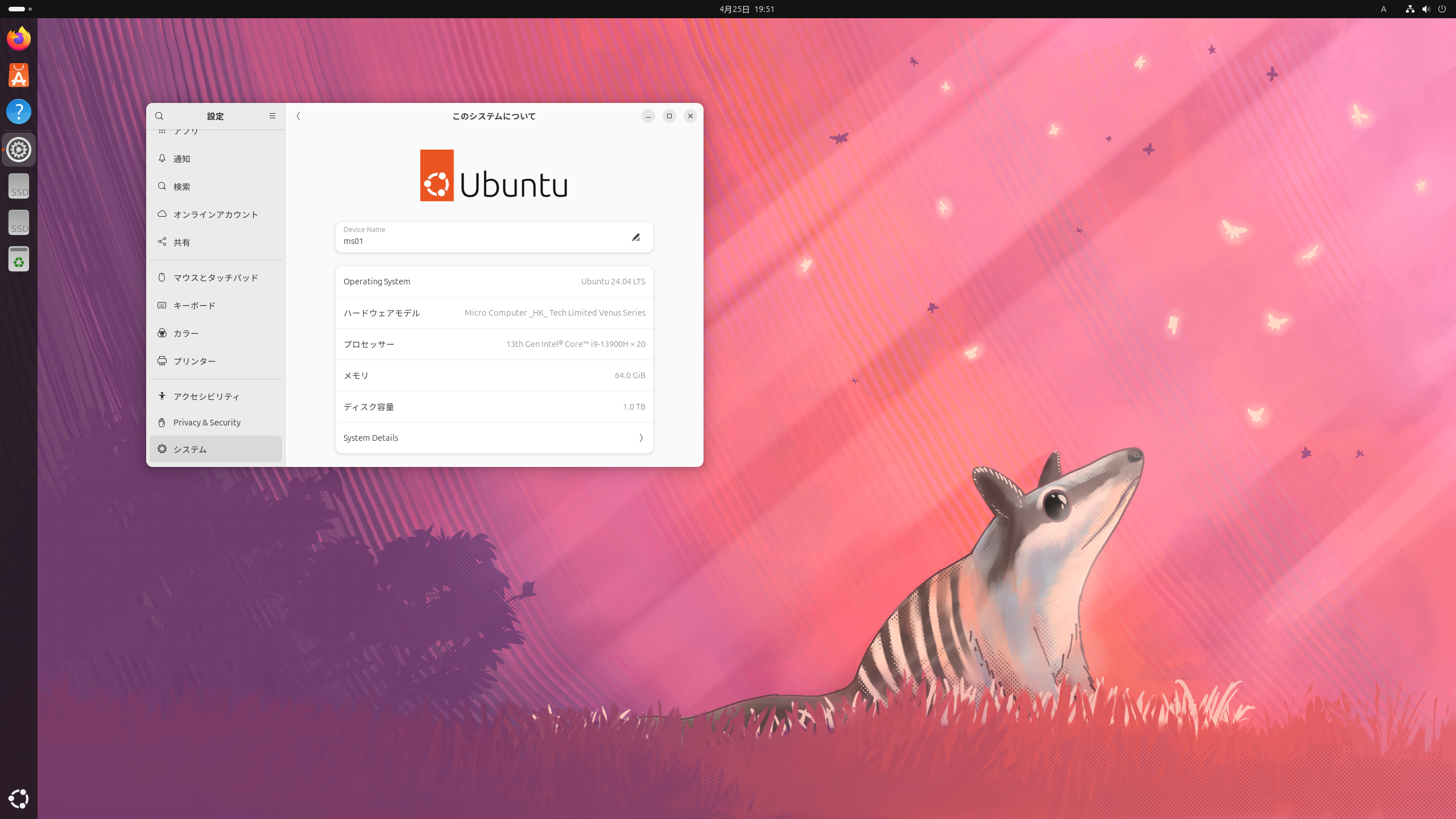Space Foundry has successfully tested 3D plasma jet printing technology in microgravity (weightlessness). They used it to print WiFi antennas and interlocking electrodes, among other things. We summarize the basics about plasma jet printing from Space Foundry.
Show

Details of plasma jet printing

Plasma jet printing for aerospace applications is part of On-Demand Electronics Manufacturing (ODME) – Projects NASA as part of a development program. The SBIR Phase II-E Award, funded by NASA’s SBIR and NASA Flight Opportunities Program, supports the flights.
The interaction between aerosol ink and plasma forms the basis of plasma jet printing technology. The electronic composition of ink materials and the oxidation state of metals can be controlled by precise control of the plasma generation process. The printed body is dry, so no processing is required. This method is very attractive to customers in the aerospace and military sectors who are interested in direct-to-write printing on large, curved and uneven surfaces.
In addition to metals, organic materials such as bio-inks can also be printed
Plasma jet printing is important to NASA because the electronic structure of the material can be customized without additional subsequent processing. In addition, the fluid flow is controlled by an electromagnetic field and is therefore independent of gravity. The plasma jet printer is a multi-sided printing platform that can print various materials such as metals, electrical insulators, organic materials and bio-inks.
The now-printed weightless in-flight interlocking electrodes and antennas are suitable for many application areas, such as power gathering, inventory control, power distribution, bio- and gaseous sensor manufacturing and more.

Video: 3D printing in microgravity

“Certified tv guru. Reader. Professional writer. Avid introvert. Extreme pop culture buff.”










More Stories
Latest technology for community safety – Celler Presse
Open day and career day on May 3: specialized lectures on renewable energies and electric mobility, modern innovative solutions in automation technology and much more.
Chassis and transmission of the G 580 with EQ